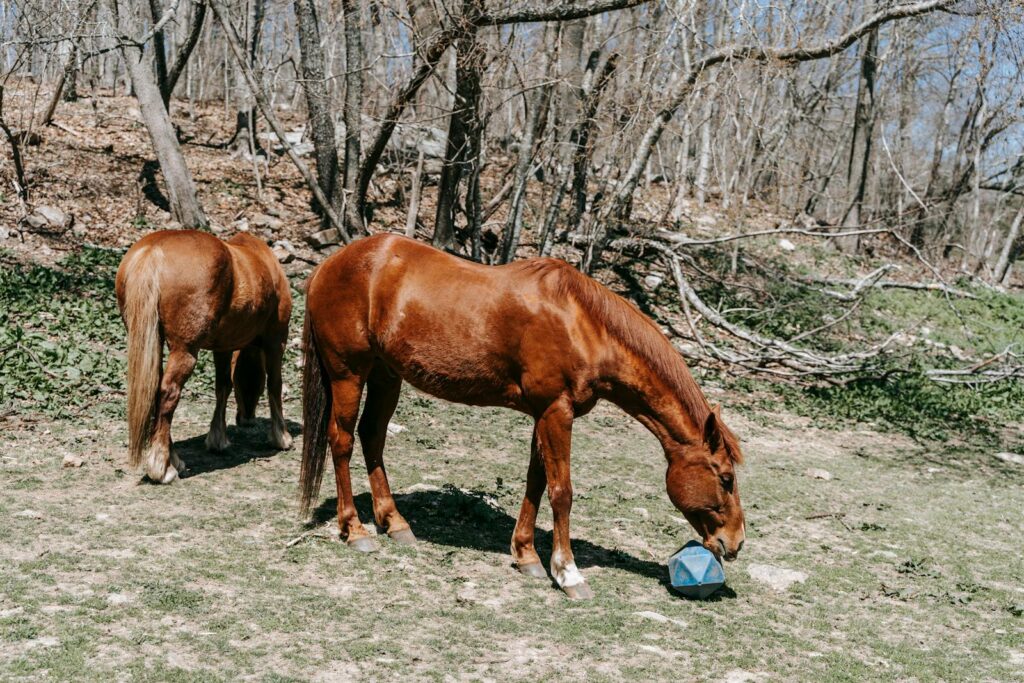Horses are naturally designed to graze on grass and forage, but many equestrians find it necessary to incorporate grain into their horses’ diets for additional calories, energy, or nutrients. However, this transition can carry risks if not managed properly. Abrupt dietary changes can lead to serious digestive disturbances such as colic, laminitis, or hindgut acidosis. A methodical, gradual approach to introducing grain is essential for maintaining your horse’s health and well-being during this dietary shift. This article will guide you through the process of safely transitioning your horse from a primarily grass-based diet to one that includes grain, helping you make informed decisions that prioritize your equine companion’s digestive health.
Understanding Your Horse’s Digestive System
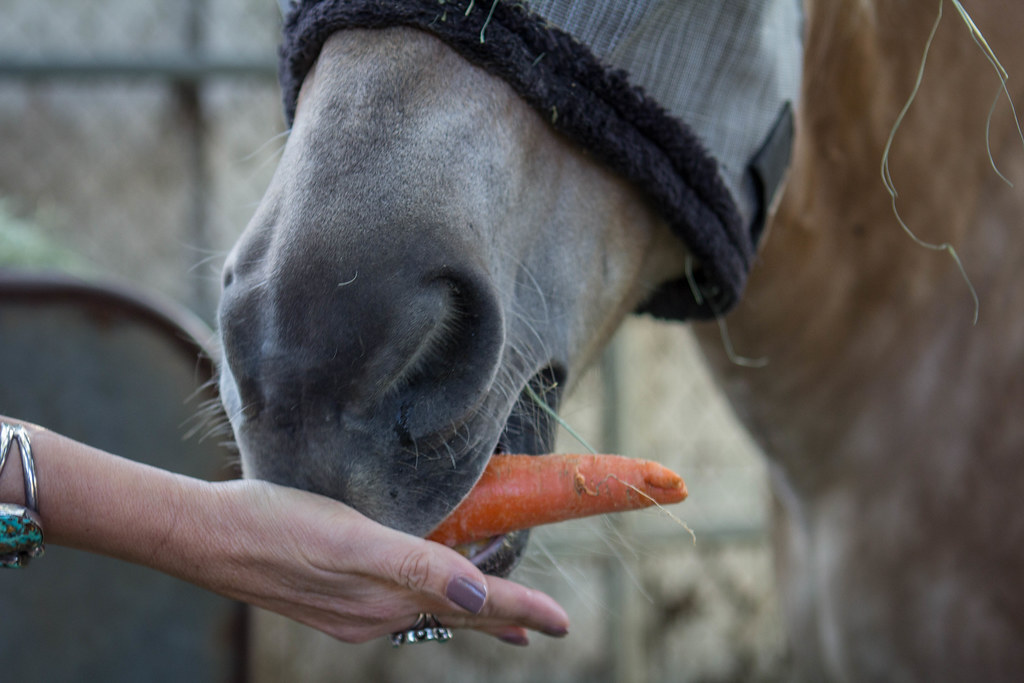
Horses have a unique digestive system designed for continuous grazing on fibrous plant material. Their relatively small stomach holds only 2–4 gallons at a time, which is why they naturally eat small amounts throughout the day. The small intestine is where most proteins, simple carbohydrates, and fats are digested and absorbed. However, it’s the large intestine—particularly the cecum and colon—that houses billions of microorganisms responsible for fermenting and breaking down fiber. These microbes are highly sensitive to dietary changes, and sudden introductions of grain can disrupt their delicate balance, leading to digestive upset. Understanding this complex system highlights why a gradual transition is not just recommended but essential for your horse’s health.
Evaluating Whether Your Horse Needs Grain
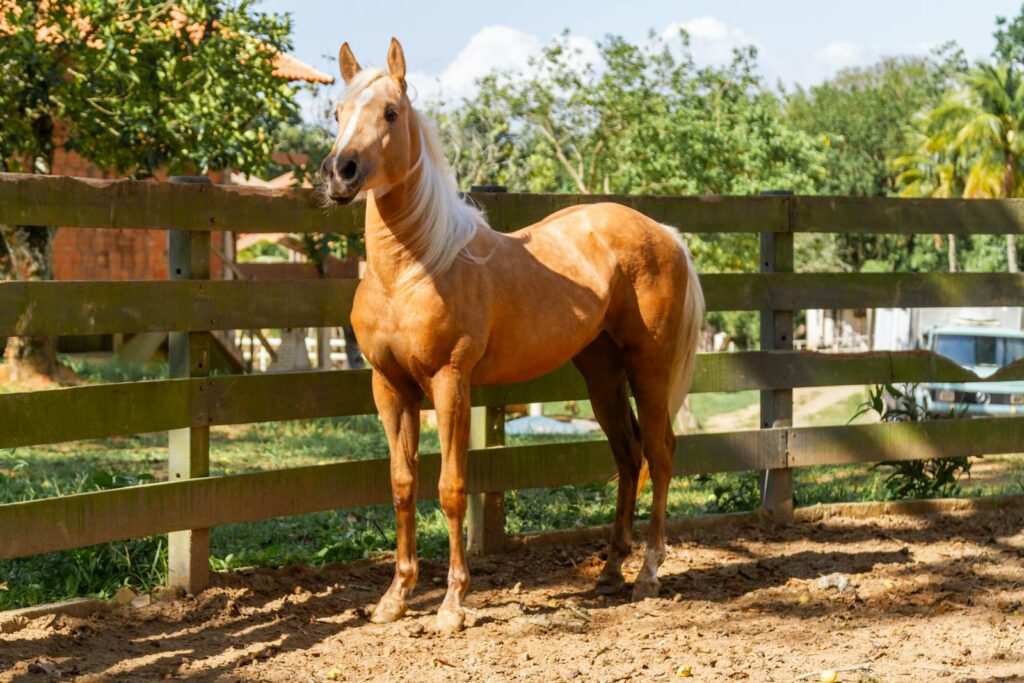
Before beginning any transition, it’s crucial to determine whether your horse truly needs grain supplementation. Many horses maintain excellent health and appropriate weight on good-quality forage alone, especially if they’re not in heavy work. Assess your horse’s body condition score, workload, age, and any special nutritional needs they may have. Consult with an equine nutritionist or veterinarian who can evaluate your current forage quality and help decide if grain is necessary. Some horses, such as easy keepers or those prone to metabolic issues, may be better off without grain entirely. Remember, adding unnecessary grain can contribute to obesity and increase the risk of conditions like laminitis or insulin resistance in susceptible horses.
Choosing the Right Grain for Your Horse
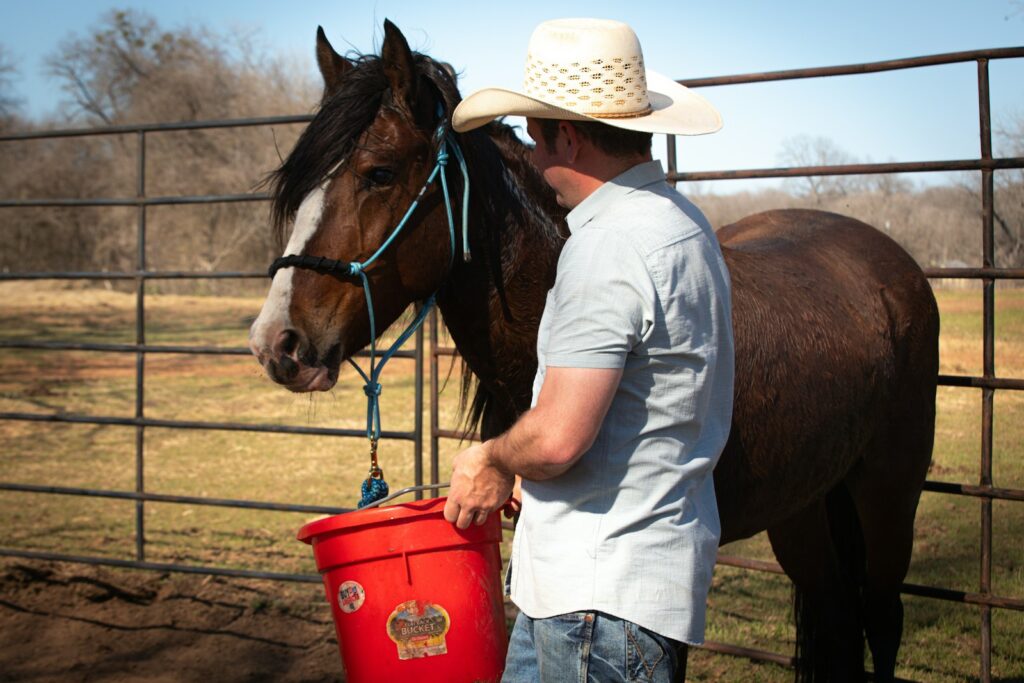
Not all grains are created equal, and selecting the right one for your horse’s specific needs is an important decision. Commercial sweet feeds, with their molasses content, tend to cause more rapid blood sugar fluctuations, while whole grains like oats are less processed but may be harder to digest fully. Pelleted feeds offer consistency in every bite, and textured feeds combine ingredients with different nutritional profiles. Consider your horse’s age, dental health, activity level, and any existing conditions when choosing a feed. For horses with insulin sensitivity, low-starch options may be safest, while performance horses might benefit from higher energy density. When in doubt, consult an equine nutritionist for product recommendations tailored to your horse’s needs.
The Importance of a Slow Transition

The microbiome in your horse’s hindgut needs time to adjust to new food sources, making a gradual transition non-negotiable for digestive health. Rushing this process can overwhelm the microbial population, potentially leading to anything from mild upset to severe colic or laminitis. The adaptation involves a shift in microbial populations that can effectively process the new feed. This change takes at least 10–14 days, and sometimes longer for sensitive horses. Even small amounts of grain can cause disruption if introduced too quickly, so patience is key. Prevention is always easier—and far less costly—than managing a digestive crisis after it begins.
Creating a Transition Schedule
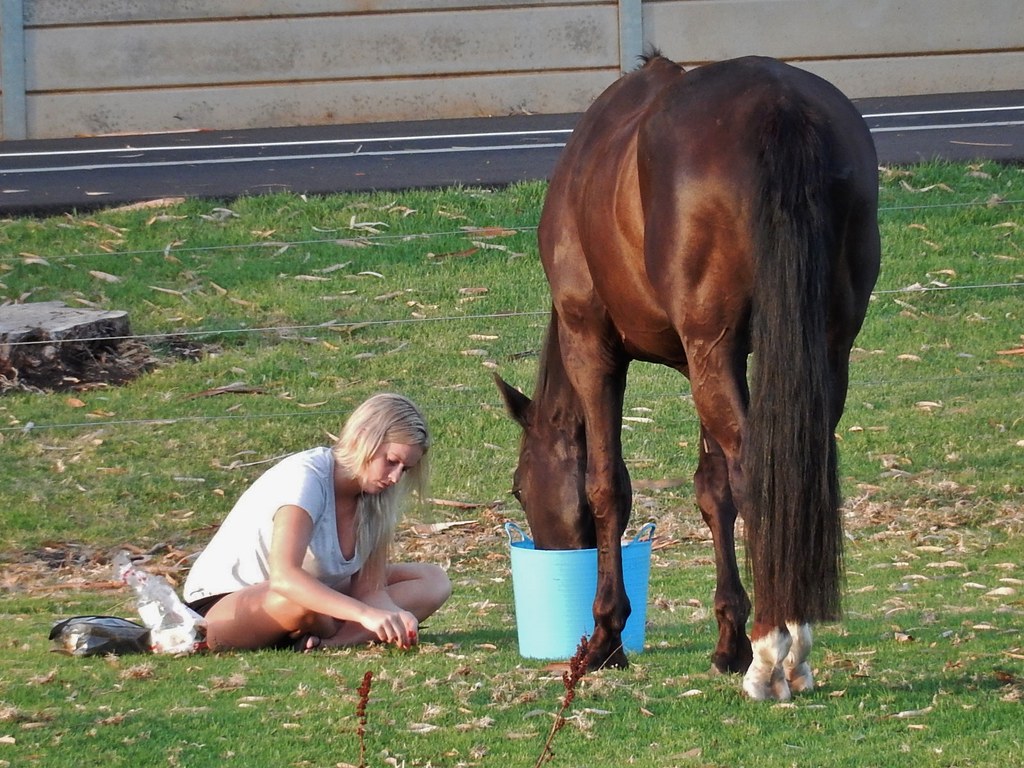
A methodical transition schedule is your blueprint for success. Begin with a small amount—about 1/4 pound (roughly one cup) of the new grain—once daily for the first two days. Watch closely for any signs of digestive upset. If your horse responds well, increase to feeding the same amount twice daily for the next two days. Continue increasing by 1/4 pound every two days while maintaining equal portions at each feeding. This gradual increase allows the hindgut microbiome to adjust. The full process should take at least two weeks and possibly longer for sensitive horses or those prone to colic. Keep notes on your horse’s response throughout the process to help catch issues early.
Monitoring for Signs of Digestive Upset
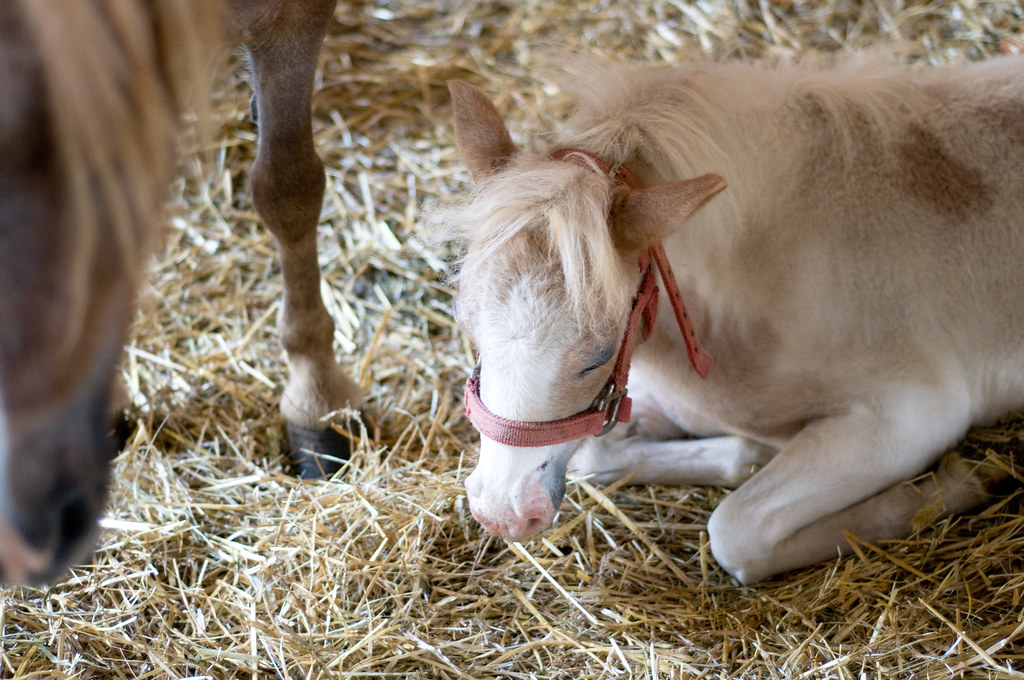
During the transition period, vigilant observation of your horse’s physical and behavioral cues becomes essential. Changes in manure consistency, such as loose stool or diarrhea, often provide the earliest indication that the transition is progressing too quickly. Decreased appetite, reluctance to drink, or subtle signs of abdominal discomfort—such as looking at the flanks, pawing, or lying down more frequently—warrant immediate attention and possibly a temporary return to the previous feeding level. More serious warning signs include profuse sweating, increased heart and respiratory rates, or rolling, which could indicate colic requiring immediate veterinary intervention. Temperature fluctuations and changes in attitude or energy level should also be monitored closely. If any concerning symptoms arise, pause the transition and consult your veterinarian before proceeding further.
Maintaining Adequate Forage Throughout the Transition
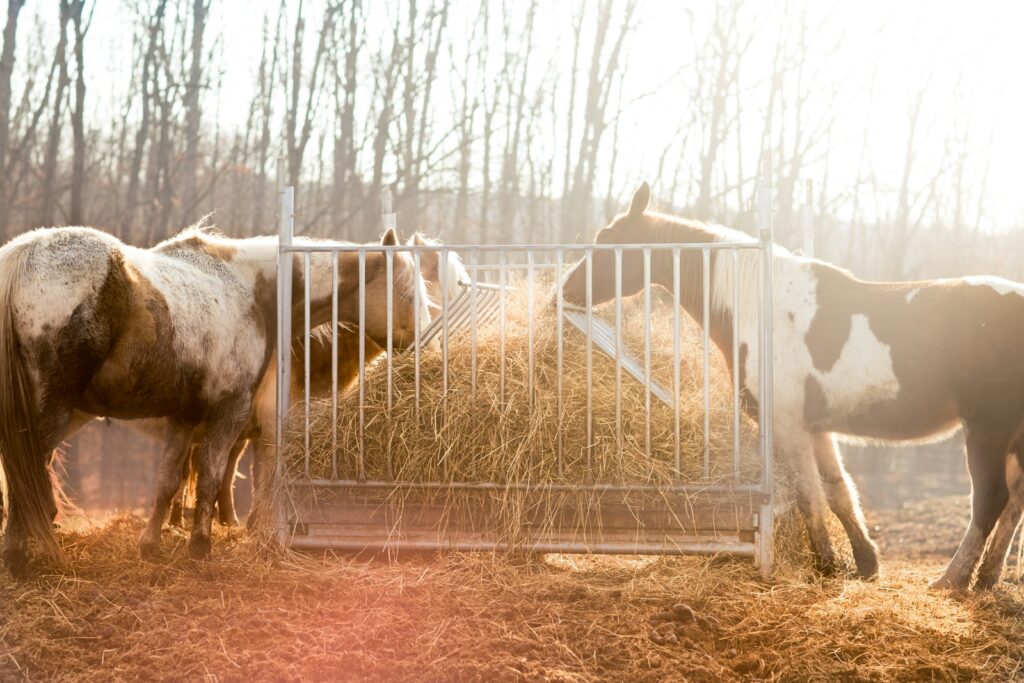
Forage should remain the foundation of your horse’s diet even as you introduce grain, constituting at least 1.5-2% of their body weight daily. This consistent fiber source helps buffer the digestive effects of grain and maintains proper gut motility and function. Before feeding grain, ensure your horse has consumed some hay or has been grazing, as this helps slow the passage of grain through the digestive tract and reduces the risk of digestive disturbances. Consider analyzing your hay to understand its nutritional content, which can help you make more informed decisions about grain supplementation. For horses with limited grazing access, slow-feed hay nets can help mimic natural grazing patterns by extending foraging time. Remember that no amount of grain can compensate for inadequate forage—it should supplement, never replace, the foundation of hay or pasture in your horse’s diet.
The Role of Probiotics and Digestive Supplements
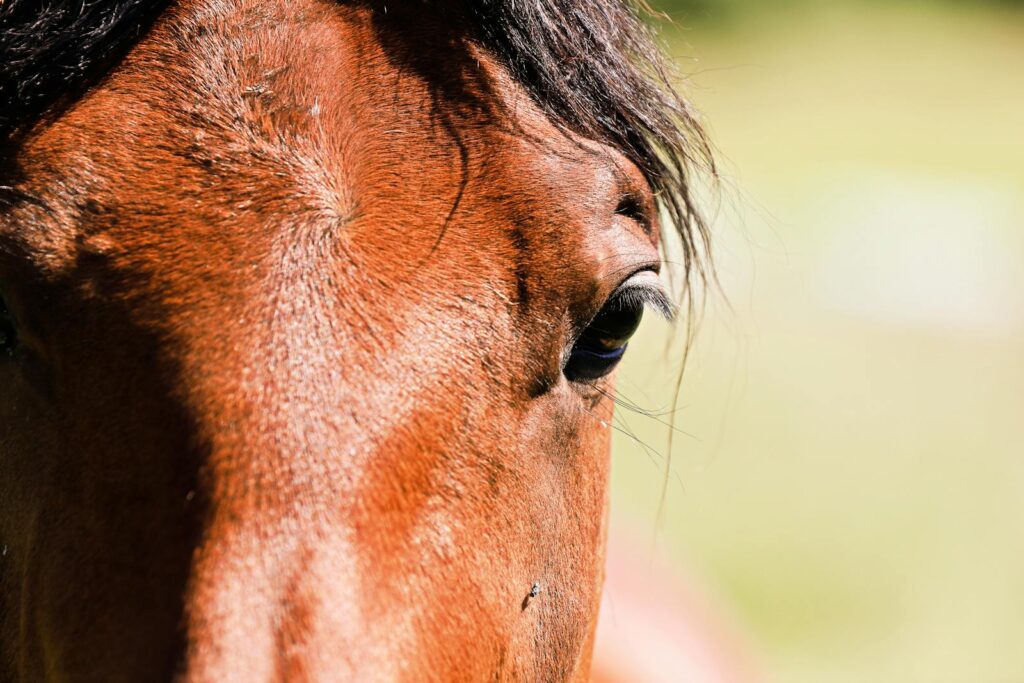
Supporting your horse’s digestive system during the transition can be achieved through strategic use of probiotics and other digestive aids. Probiotic supplements introduce beneficial bacteria to the hindgut, potentially helping to stabilize the microbial population as it adapts to the new feed. Prebiotic products provide nourishment for these beneficial bacteria, encouraging their proliferation and activity. Yeast cultures have shown promise in helping horses utilize fiber more efficiently and may help buffer pH changes in the hindgut. Some horses benefit from supplements containing digestive enzymes that assist with breaking down feed components. While these products are not substitute for a proper transition protocol, they can provide additional support, especially for horses with historically sensitive digestive systems. Consult with your veterinarian about which supplements might be most beneficial for your specific horse’s needs.
Special Considerations for Senior Horses
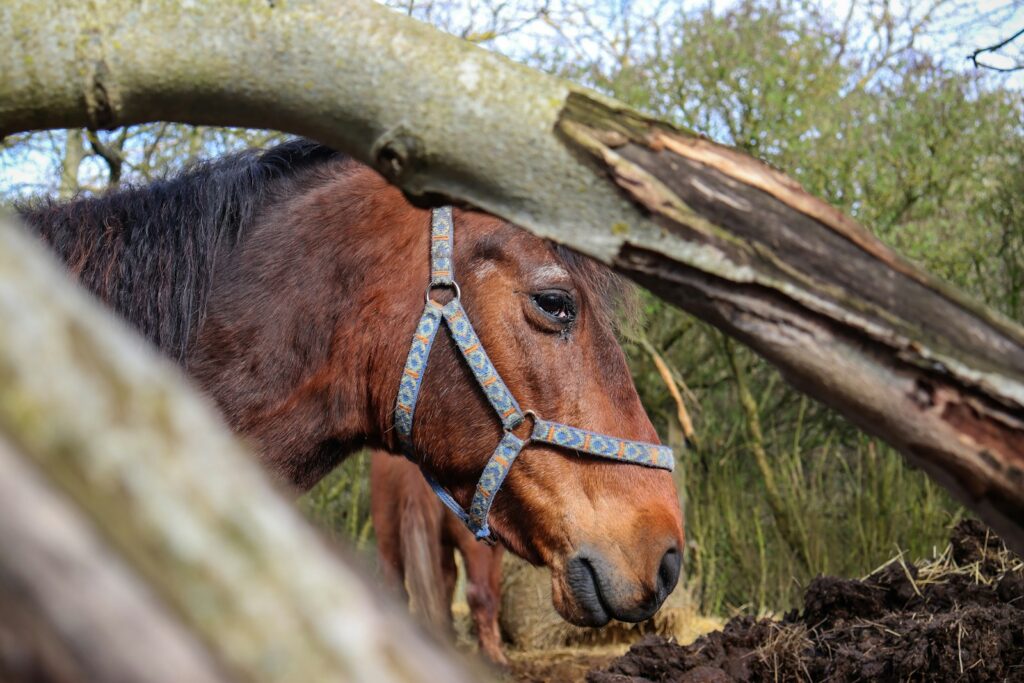
Older horses often face unique challenges during dietary transitions due to age-related changes in their digestive efficiency and dental health. Senior equines frequently experience reduced digestive enzyme production and altered hindgut microbial populations, making them more sensitive to changes in their feed regimen. For these horses, an even more gradual introduction schedule—perhaps extending the transition period to three or four weeks—may be necessary to prevent digestive upset. Choose easily digestible, senior-specific feed formulations that account for their changing nutritional needs and potentially compromised chewing ability. Regular dental care becomes especially important, as proper grinding of feed directly impacts digestion. Senior horses may also benefit from feeds that can be soaked to create a mash, particularly if dental issues limit their ability to chew effectively. Close monitoring of weight and body condition throughout the transition is essential, as seniors may lose condition more quickly if digestive issues arise.
Adjusting Feeding Practices for Different Seasons
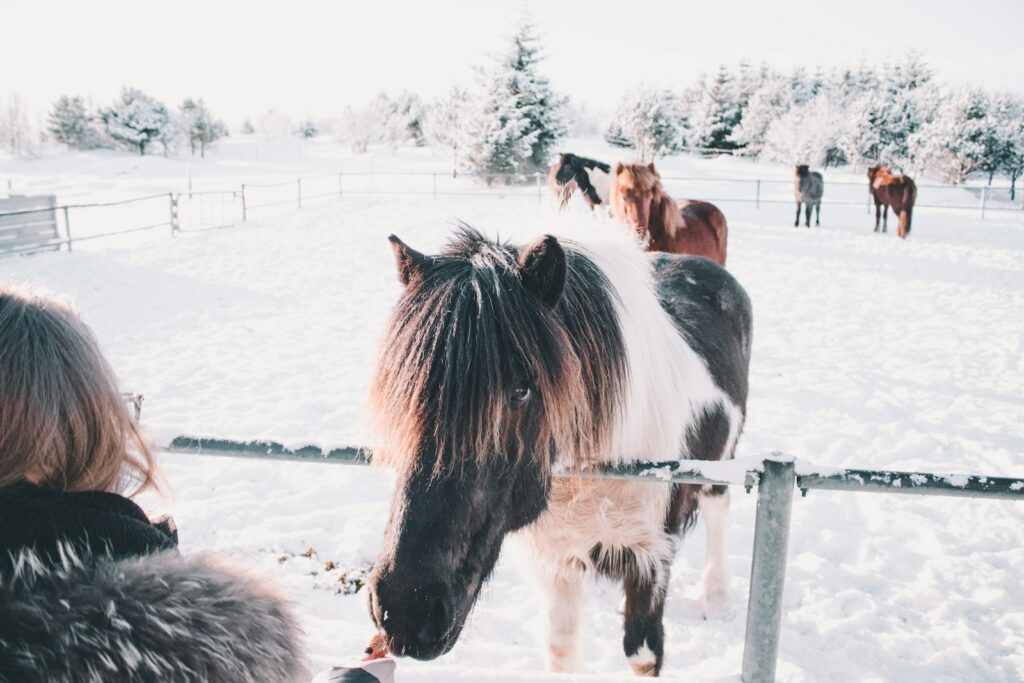
Seasonal changes significantly impact your horse’s nutritional requirements and should inform your grain feeding strategy throughout the year. During colder months, horses typically require more calories to maintain body temperature, potentially necessitating a gradual increase in grain portions following the same slow transition principles. Conversely, spring brings lush pasture growth that’s naturally higher in sugars and proteins, which may require reducing grain to prevent overnutrition. Summer heat often suppresses appetite while increasing water and electrolyte needs, sometimes requiring adjustments to feed palatability and nutrient density. Autumn transitions, with their fluctuating temperatures and changing pasture quality, may call for careful monitoring and gradual feed adjustments. Any seasonal change in grain amounts should follow the same methodical approach used in the initial introduction, allowing at least two weeks for the digestive system to adapt to either increases or decreases in concentrate feeds.
Managing Grain Feeding in Boarding Situations
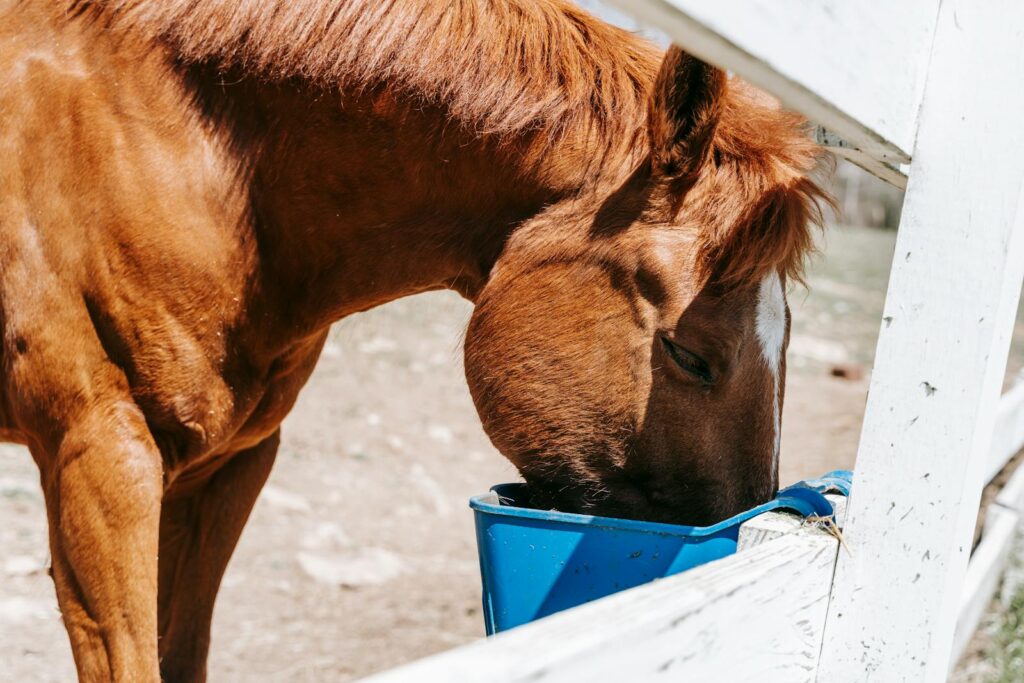
Implementing a careful grain transition can present unique challenges in boarding environments where you may have less direct control over daily feeding practices. Clear, written communication with barn staff about your horse’s specific transition schedule is essential, including exact measurements and feeding times. Consider preparing pre-measured bags for each feeding during the transition period to ensure accuracy, particularly with incremental increases. Regular check-ins with the feeding staff can help confirm the protocol is being followed consistently and provide opportunities to discuss any observed changes in your horse’s condition or behavior. When selecting a boarding facility, inquire about their willingness to accommodate individual feeding regimens and their experience managing dietary transitions. Building a collaborative relationship with both the barn manager and the individuals directly responsible for feeding can significantly improve the success of your grain transition plan in a boarding situation.
Long-term Grain Management Strategies
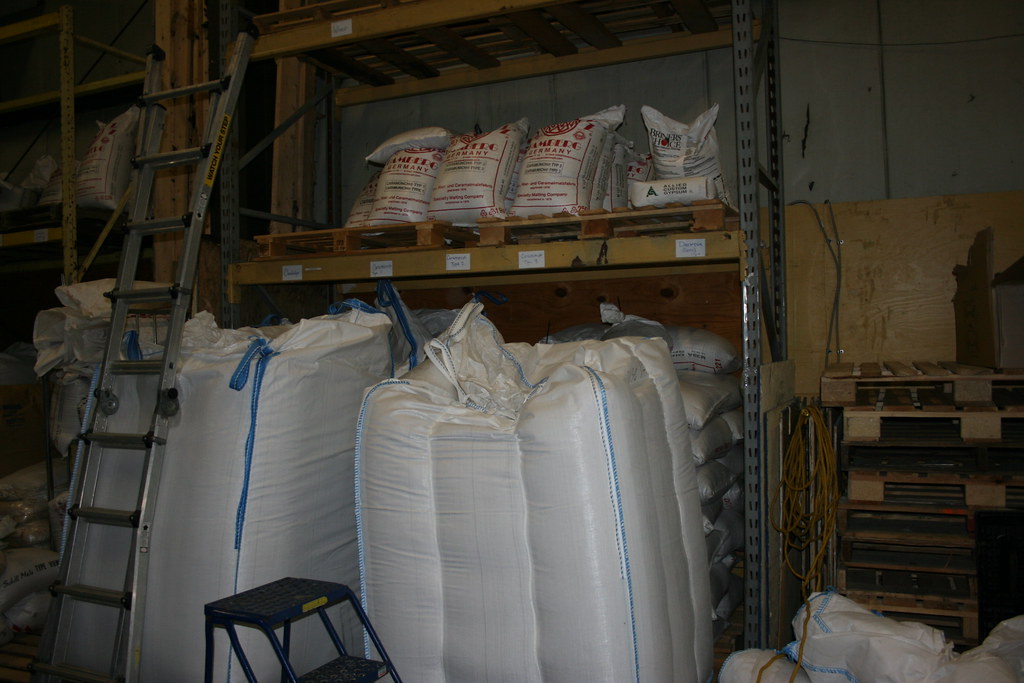
Once your horse has successfully adapted to grain in their diet, establishing sustainable long-term feeding practices becomes the focus. Divide the total daily grain ration into multiple small meals—ideally three or more—to better mimic natural grazing patterns and avoid overwhelming the digestive system with large amounts of concentrate at once. Maintain consistency in feeding times and amounts, as horses thrive on routine and predictability in their diet. Regularly reassess your horse’s body condition, work level, and overall health to determine if adjustments to the grain ration are needed, always implementing any changes gradually. Store grain properly in airtight containers to prevent spoilage and nutrient degradation, and be vigilant about feed quality, discarding any that appears moldy, dusty, or otherwise compromised. Remember that even after a successful transition, your horse’s dietary needs will continue to evolve with age, activity level, and health status, requiring ongoing attentiveness and occasional adjustments to their feeding program.
When to Consult a Professional

While this guide provides a foundation for safely transitioning your horse to grain, certain situations warrant professional guidance from an equine veterinarian or qualified nutritionist. Horses with existing health conditions such as Cushing’s disease, insulin resistance, previous episodes of laminitis, or recurrent colic require specialized nutritional strategies that balance their medical needs with dietary management. Performance horses with specific energy requirements for competition might benefit from professionally designed feeding programs that optimize nutrition without compromising digestive health. If your horse shows unusual responses during the transition—such as persistent digestive issues despite following a gradual introduction protocol—professional evaluation can identify underlying problems that might be complicating the process. Additionally, any significant weight loss, dramatic behavior changes, or development of stereotypic behaviors during the transition period should prompt immediate consultation with an equine health professional.
Transitioning a horse from grass to grain represents a significant dietary change that requires careful planning, patience, and attentive management. By respecting the complexity of equine digestion and allowing adequate time for adaptation, you can successfully incorporate grain into your horse’s diet while minimizing health risks. Remember that each horse is an individual with unique nutritional needs and sensitivities, making personalized approaches essential. The time invested in a proper transition will pay dividends in your horse’s long-term health, performance, and quality of life. As with all aspects of horse care, observation and flexibility remain key—always be willing to adjust your approach based on your horse’s response, and never hesitate to seek professional guidance when needed.

